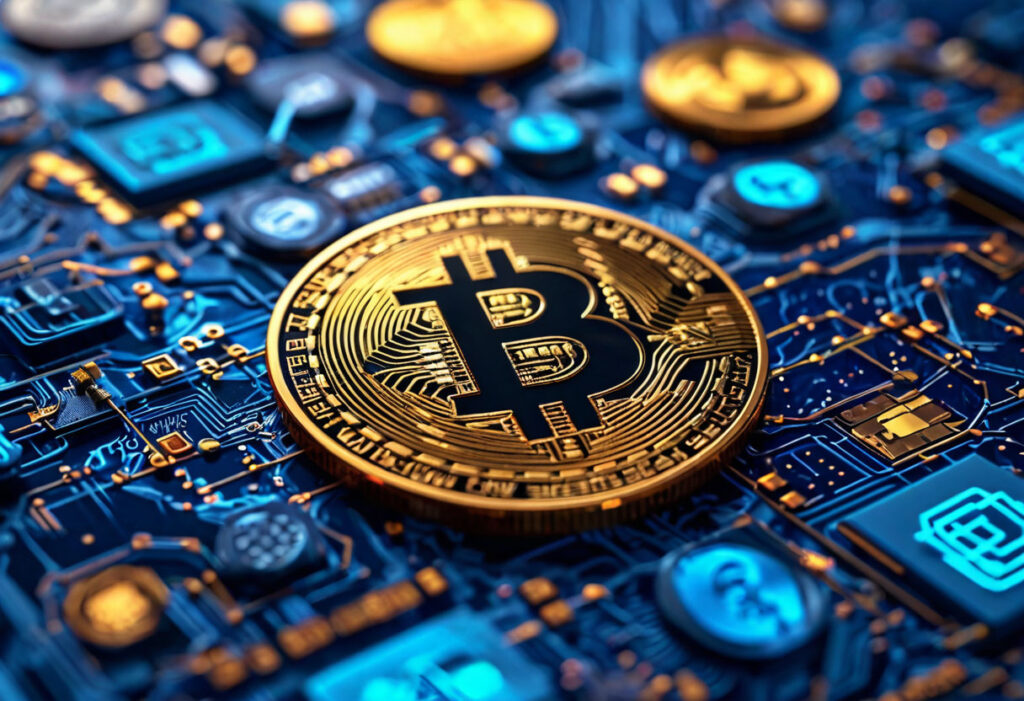Introduction
Today’s crypto news shows a mix of market resilience, regulatory changes, and tech innovations shaping digital assets. BNB’s strong performance in a flat market highlights how ecosystem-backed tokens can thrive, while EU rules and new stablecoins suggest clearer frameworks and global competition are on the rise. Anyway, these stories point to a maturing market where utility and compliance drive growth and stability.
BNB Gains 10% Over Weekend Amid Market Stagnation: Potential Price Targets Analyzed
BNB, Binance’s native token, jumped 10% over a weekend when most cryptos stayed flat, hitting a new high before leveling off near support. This surge came from solid on-chain data, high trading volumes, and a bullish derivatives market, showing strong investor confidence. You know, technical analysis indicates BNB broke out of a cup-and-handle pattern, with supports at $1,012 and $974 helping prevent drops. Historical trends suggest it could reach $1,150 or more, fueled by institutional interest and low sell pressure from exchange reserves. It’s arguably true that BNB’s resilience stems from its role in Binance’s ecosystem, used for fees, staking, and DeFi apps.
Why this matters: BNB outperforming in a stagnant market proves utility and ecosystem support matter in crypto. Unlike speculative tokens, BNB has real uses and backing, offering stability and growth. This fits a broader trend where fundamentals count, teaching investors about diversification and risk in volatile times.
EU’s Chat Control Law May Drive Users to Web3 Alternatives, Experts Warn
The proposed EU Chat Control law aims to fight illegal content by scanning private messages before encryption, raising privacy and security worries. Experts say this could push users to decentralized Web3 options with better encryption and data control. On that note, Germany’s key role in EU decisions adds uncertainty, as its vote might make or break the law. This is part of a bigger pattern where governments juggle security and freedoms, affecting digital talk and maybe splitting the market. Web3 platforms, though new, might gain users seeking privacy and resistance to censorship.
Why this matters: The Chat Control law shows the clash between regulation and innovation. For crypto, it highlights how decentralized tech can address privacy, boosting blockchain solutions. This could lead to more Web3 use in DeFi and digital ID, stressing the need for balanced policies that protect safety and rights.
Crypto Cannot Afford to Delay for Ideal Regulation
Recent talks stress that crypto needs step-by-step regulatory progress, not perfect rules, to avoid hurting innovation and adoption. Efforts like the US CLARITY Act and EU’s MiCA regulation aim to clarify things, cut uncertainty, and draw institutional money, key for market growth. Anyway, evidence shows unclear rules reduced US blockchain developers and held back big players, while clearer regions see more action. Tokenized assets and real apps are expanding but need stable rules to hit their full potential, maybe worth trillions by 2030.
Why this matters: Gradual regulatory steps can free up capital and spur crypto growth, blending digital assets with traditional finance. This balances innovation with protection, lowering risks and building trust. For investors and devs, it means more chances and stability, highlighting why following policy changes is crucial.
First Chinese Yuan Stablecoin Launches Amid Global Competition
The launch of AxCNH, the first regulated yuan stablecoin, and KRW1, a won-pegged one, marks a big move in the global stablecoin race. These tokens are overcollateralized and made for cross-border deals, especially for China’s Belt and Road, boosting the yuan’s global role and cutting dollar dependence. You know, places like Hong Kong back this with strict rules for stability and safety. This strategy aims to increase fiat currency demand via blockchain, offering faster settlements than old systems.
Why this matters: Yuan and won stablecoins diversify the crypto market, reduce dollar risks, and promote inclusion. It’s part of a trend where countries use digital assets to strengthen currencies and influence. For crypto, this brings more options and steadiness, possibly attracting institutions and innovating payments and DeFi.
Vitalik Buterin Compares Low-Risk DeFi’s Potential for Ethereum to Google Search’s Role for Google
Ethereum co-founder Vitalik Buterin points out that low-risk DeFi, like stablecoin lending on Aave, could give Ethereum steady income while sticking to its ethics. These protocols offer safe returns through over-collateralization and algo tweaks, unlike risky memecoins. On that note, Buterin compares it to Google, where core services earn without compromising values, suggesting Ethereum’s decentralized setup can blend profit and principles. Tech advances, including zero-knowledge proofs and better rules, support low-risk DeFi’s growth, appealing to all users.
Why this matters: Low-risk DeFi shifts toward stable, ethical revenue, helping Ethereum’s economy. This could widen adoption and mature the market by addressing concerns and drawing cautious players. It shows how utility and compliance fuel long-term growth, setting an example for other blockchains.
Key Takeaway
Remember, the crypto market is moving toward more stability and integration, powered by strong ecosystems, clear regulations, and tech advances. Focus on useful assets and keep up with policy to handle opportunities and risks well.

